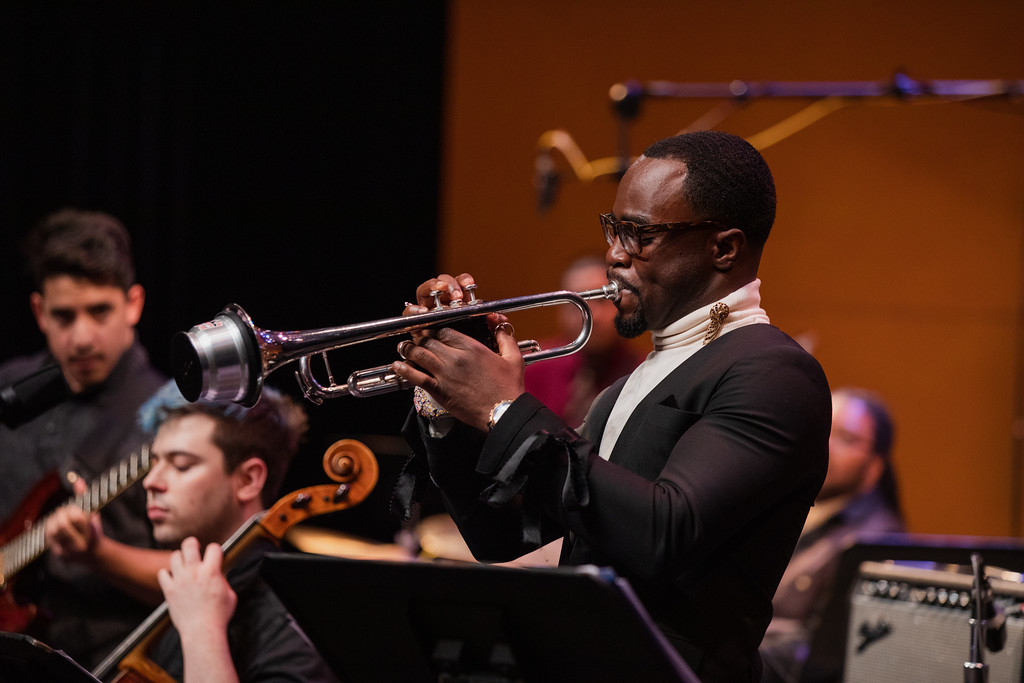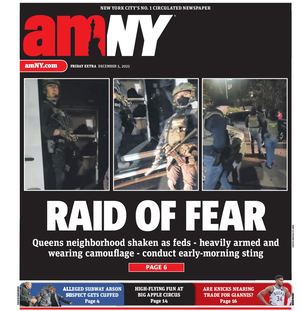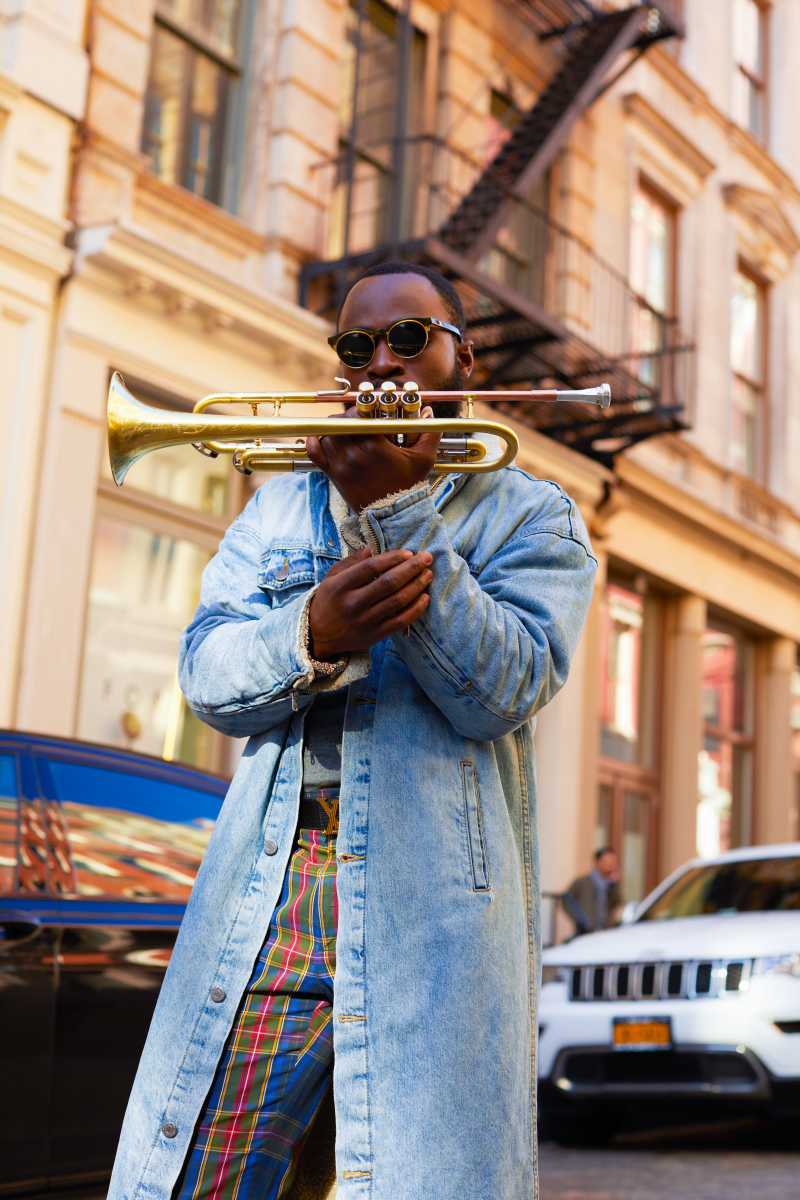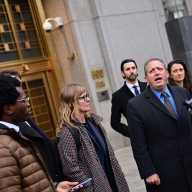A travel day in New York City may take you through Grand Central Terminal or Whitehall Terminal in Staten Island. Among the people and places you go, you may encounter Eganam “ÉGO” Segbefia, a trumpet player who has played at some of the city’s biggest venues, from Carnegie Hall to Madison Square Garden.
Born in Nigeria to Ghanaian parents, Segbefia grew up with seven siblings and moved to the United States at 10 years old, connected by blood and faith. In his grade school days, he joined the marching band after his familiarity with brass bands before immigrating to America.
He picked up the instrument because he was familiar with British marching bands from his experience at home, participating in after-school programs. After playing for a few years, he rose to the role of first trumpet and played the solo in a song called “In the Mood.” At that moment, Segbefia realized the instrument could be a calling for him.
“At the end of ‘In the Mood,’ there was this trumpet solo, and the best trumpet player in the school always played it,” Segbefia said. “It was like a lineage that went down from the people. So, I always told myself when I became an eighth grader, I wanted to be able to play that solo. When I was able to play that solo in that solo in the eighth grade, that was the moment. Then I said, ‘Okay, I think I’ve got this.’”
After rising to the role of first trumpet in high school, he attended South Carolina State University before taking a break from his studies. At home, he began to make a name for himself playing in the parks and subways following a suggestion from a friend.
“You never know who you will meet,” Segbefia said. “New York’s music scene, especially the serious music scene, is rather small. Everyone knows everybody who’s playing in all the Broadway shows and the major orchestras. Once those guys get those jobs, they don’t leave them until they retire.”

After playing outside of Yankee Stadium and only receiving $8, he tried again and made just short of $40 on his second try. He continued to make a name for himself playing in the parks, culminating with an interview with WPIX. Segbefia was still living with his parents at the time, and while the small growth wasn’t noticeable to his mother at first, the interview was the first sign to them that he was beginning to make it work as a player.
“You start something small, you see that growth until you hit a point and everyone else sees it,” Segbefia added. “When she saw it, that was the first inkling in her mind, like, ‘Wow, he’s really actually making this work.’”

After completing his undergrad in 2015, he attended the Manhattan School of Music, where he won the Eisenberg-Fried Concerto Competition. Segbefia called it a “validation,” adding, “I’ve been able to prove to myself that I can win this competition and go through all of these steps and hurdles, but also be able to be a form of inspiration to someone else.”
Segbefia’s accolades continue to grow, one of his most recent being a win in the New York Knicks’ That’s New York Talent competition this year. After being selected from initial submissions, he advanced past the quarterfinal and semifinal before winning the competition, a $50,000 prize, and a halftime show later in the campaign in February. In addition to his halftime performance, Segbefia likened the contest to a four-month residency at the World’s Most Famous Arena.
“When you’ve been spending 12 plus years playing in the parks, playing in the subways, and then slowly but surely meeting people, when I first got out there to that stage, I said, ‘wow, it’s either now or never,’” he recalled.
Living off the motto “inspiration without perspiration is hallucination” and the four “P’s” of prayer, persistence, perseverance and practice, he continues to make a name for himself in the New York music scene. However, despite the heights of his accolades and performances, he remains a staple of Grand Central and the subway as part of his mission of using music to connect with people every day.
“They’re just as important, regardless of what their financial status is or whatever the cards of life have dealt them,” Segbefia said. “To be able to create something that penetrates through the ears for them to listen and then come up to you and say, ‘Wow, that touched me.’ That is something that I would never trade for anything else in the world.”





































